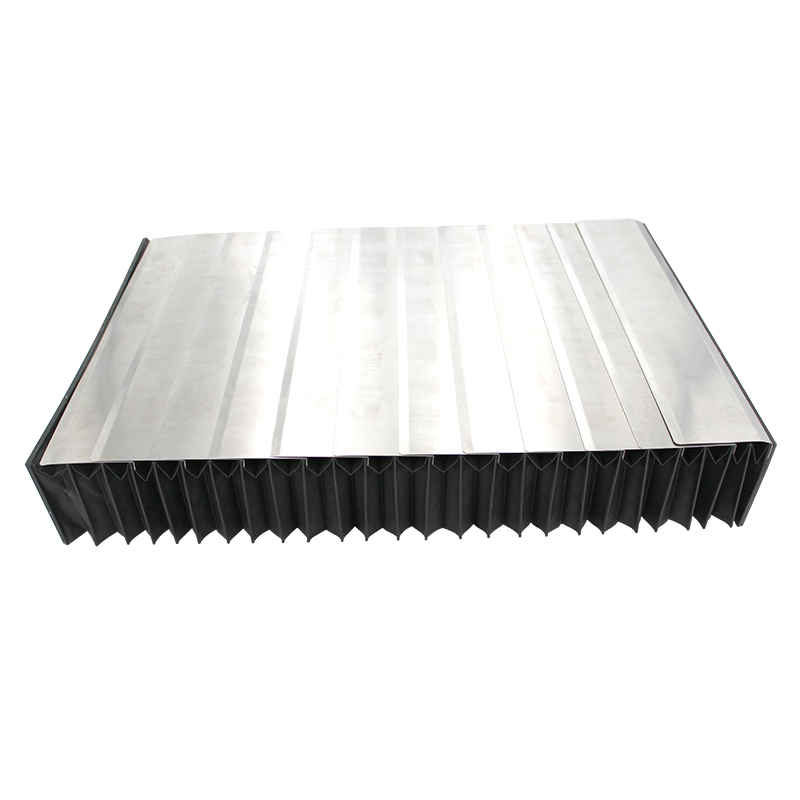swarf conveyors
Understanding Swarf Conveyors An Indispensable Tool in Manufacturing
Swarf conveyors are critical components in the manufacturing and machining industries. They are specifically designed to transport swarf, which refers to the metal shavings, chips, and other byproducts produced during machining processes. As many manufacturers strive to enhance efficiency and maintain a clean workspace, understanding swarf conveyors' functions, types, benefits, and applications is essential.
The Importance of Swarf Handling
Manufacturing processes such as milling, turning, and grinding generate significant quantities of swarf. If left unmanaged, this debris can hinder productivity, create safety hazards, and lead to equipment malfunction. Proper swarf handling is crucial for several reasons
1. Safety Sharp metal chips can pose a risk to workers. Removing swarf promptly keeps the work environment safer and reduces the likelihood of injuries. 2. Equipment Longevity An accumulation of swarf can damage machinery over time, leading to costly repairs or replacements. Efficient removal helps maintain the integrity of equipment.
3. Productivity A clean workspace enhances operational efficiency. Regulating swarf flow ensures that machines can operate at their optimal capacity without the interruptions caused by excessive waste buildup.
Types of Swarf Conveyors
Swarf conveyors come in various designs, each tailored to specific manufacturing needs. Here are the most common types
1. Auger Conveyors These are screw-type conveyors that spiral the swarf along a tube or trough. Auger conveyors are well-suited for transporting dry chips in a compact space.
2. Drag Chain Conveyors This type utilizes a chain to pull the swarf through a trough in a horizontal or inclined path. Drag chain conveyors are effective for guiding heavier and more substantial material.
3. Belt Conveyors These conveyors use a belt to transport swarf from one location to another. They are versatile and can handle various shapes and sizes of swarf, making them suitable for diverse applications.
4. Magnetic Conveyors Specifically designed for metallic swarf, these conveyors use magnets to draw materials along a surface. They are beneficial for handling fine metal shavings when a non-magnetic solution would be ineffective.
5. Scraper Conveyors Using a series of scrapers, these conveyors scrape swarf along a flat or trough-like surface. They are ideal for transporting lightweight chips and can handle both wet and dry materials.
Benefits of Swarf Conveyors
swarf conveyors

Implementing swarf conveyors in manufacturing facilities provides numerous benefits
- Enhanced Efficiency Automated swarf removal saves time and labor, allowing workers to focus on other critical tasks while ensuring constant operational flow.
- Cost-Effective Solutions Investing in swarf conveyors can reduce the cost of cleaning and maintenance, ultimately leading to higher profitability for manufacturers.
- Environmental Sustainability Efficient swarf handling minimizes waste and promotes recycling efforts. Collecting and processing metal scrap can contribute to a manufacturer’s sustainability initiatives, reducing overall environmental impact.
- Improved Product Quality A clean work environment contributes to higher product quality by preventing contamination and defects caused by swarf.
Applications of Swarf Conveyors
Swarf conveyors find applications in several industries, including
- Metalworking and Machining These industries benefit most from swarf conveyors, as they continuously produce chips and shavings.
- Automotive Manufacturing With the production of machine parts and components, effective swarf management is integral to the automotive supply chain.
- Aerospace Specialized equipment in the aerospace sector often requires precise machining, making swarf removal an essential aspect of maintaining quality.
- Edging and Finishing Even operations focused on polishing and finishing will encounter swarf, thus necessitating the reliability of conveyor systems.
Conclusion
In conclusion, swarf conveyors play a vital role in modern manufacturing processes. They help ensure safety, efficiency, and productivity in environments where metalworking operations take place. By understanding the various types of conveyors available and their numerous benefits, manufacturers can make informed decisions about their waste management systems. As industries continue to evolve, swarf conveyors will remain important in maintaining an organized and efficient production line.








